"Community and Earth" - Spartak Museum competition entry by Lockhart Krause Architect
By Bustler Editors|
Thursday, Oct 17, 2013

Related
Jesse Lockhart-Krause of Lockhart Krause Architect from Australia recently sent us his competition entry for the Spartak Museum competition, where participants had to design a new museum and festival pavilion for the UNESCO city Yaroslavl, Russia.
Titled "Community and Earth," the project joins the concepts by providing a two-level structure that has a vibrant public plaza for various activities and a museum space -- all which literally dig into the ground of the historical site.
Check out some images and learn more about the project below.
Project description:
"A community is a beautifully diverse and vibrant entity. Here on the Spartak site the project aims to provide a variety of activities and another rich place in the city where people can dance, celebrate and fall in love. The ground plane is comprised of two sides. The first, a open surface which is driven by a respect for the sites context, framing and supporting the beautiful church at the SW end. The large plaza is divided to create spaces for markets, celebrations, dancing, soccer, picnicking, sitting, entertainment & film. The second half of the ground plane provides programmed activities, such as ice skating, basketball, community farm/gardens, playgrounds, restaurant, bar & cafe which generate activity and support the main open plaza."

"The earth contains a density of history. This history is key to a communities identity. Conceptually digging and upturning the ground reveals the past and allows the exploration of its historical artifacts. This change provides the opportunity to understand the past and move into the future. Here on the Spartak site linear lines are cut into the ground, providing light to the art gallery & museum below. The walls reflect the earth, red and warm in appearance. The museum wing sits on the NW, below the large public plaza containing both large and small spaces which house Yaroslavl’s historical artifacts. The contemporary art gallery sits beneath the ice-rink, introducing light through the water above and provides a balance to this museums history, where artwork from the future can be displayed."



"LANDSCAPE & MATERIALITY: A new line of Deciduous (Acer platanoides) trees is proposed through the center of the site, strengthening the sense of a large avenue which frames the church. Underplanting of low native grasses (Sesleria autumnalis) and (Anemone nemorosa) flowers creates a softening at the ground plane and a balance in height. The floor and seats of the plaza are proposed as hardwood timber, sourced locally, providing a softness and warmth to the large space."

"The museum and art gallery are divided into three main parts, the lines from the groundplane above cutting into the earth, introducing natural light to the two floors below ground. The spaces are organised around a central spine of circulation. Arrival from escalators down into the first level reveals a large double height foyer which spans the length of the gallery wings. The foyer contains a linear body of water & sculptural staircase, light entering from above. This level houses the small object spaces & public learning facilities. The visitor then has the opportunity to move into the smaller gallery spaces, with more intimate experiences of the art or artifact. The journey continues down the sculptural staircase of the foyer and into the large object spaces where the level 1 galleries above ‘float’ like clouds over the surrounding warm red walls & floor."
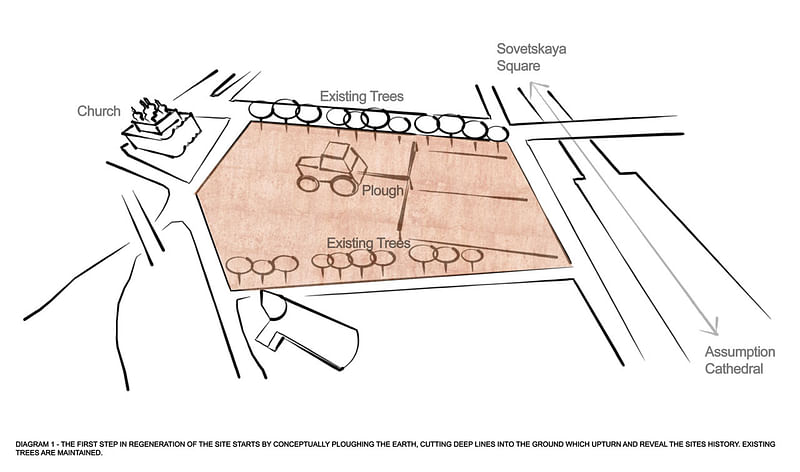
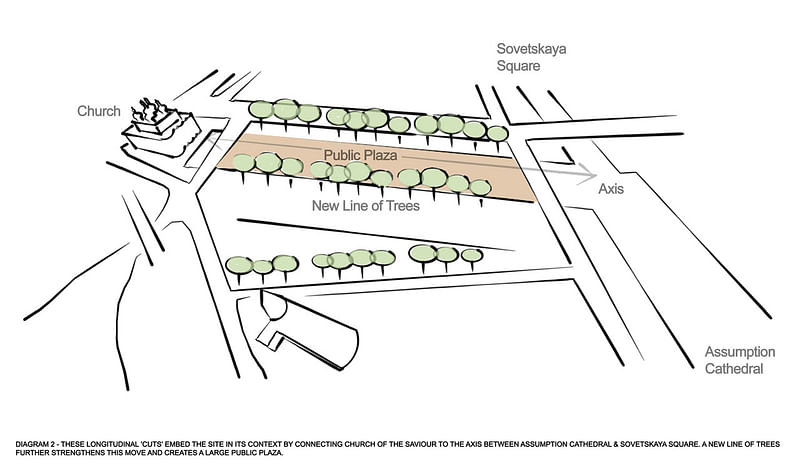
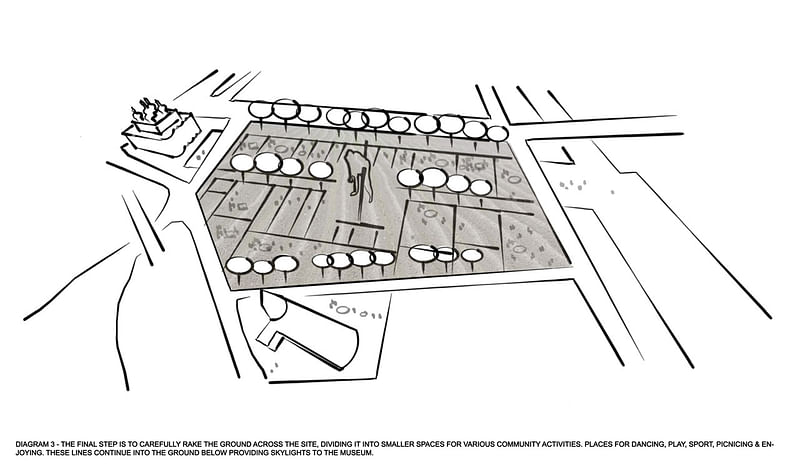
"In total the building houses 20,000sqm of internal space and 15,000sqm of park & community space on the groundplane. Other museums and art galleries comparable in scale would include: Guggenheim Museum Bilboa, Spain 25,000sqm of internal spaceGOMA Brisbane, Australia with 25,000sqmNingboa Historical Museum in Ningboa, China with 30,000sqm. The Louvre in Paris, France with 60,000sqm.This internationally sized venue will undoubtedly contribute to Yarolslavl's already vibrant community and propel the region into the future."

Project data:
Architects: Lockhart Krause Architect (Australia)
Project Location: Yaroslavl, Russia (300km north of Moscow)
Architect In Charge: Jesse Lockhart-Krause, Registered Architect (no. 8950)
Collaborators: Caiyen Tse, Ksenia Totoeva, Chris Roberts Brewer
Area: Total: 35,000sqm. 20,000sqm of internal space, 15,000sqm of park & community space
For more info, click here.
All images courtesy of Lockhart Krause Architect.

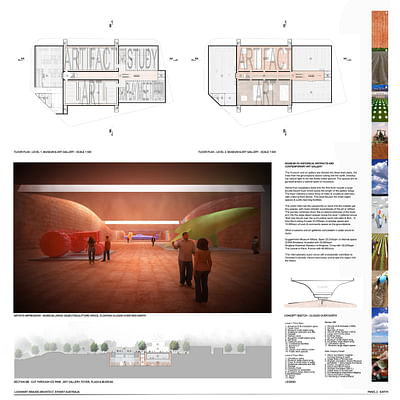

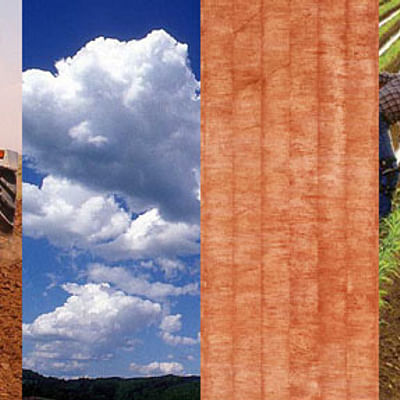

Share
0 Comments
Comment as :